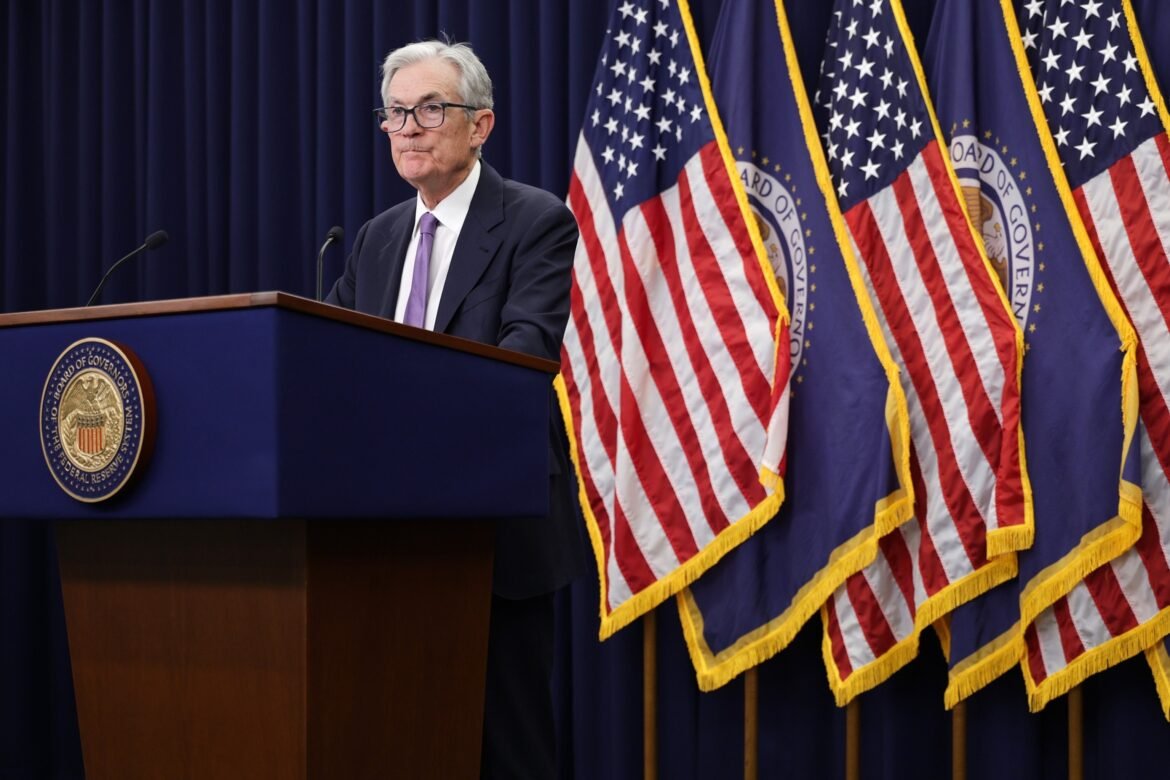Top Federal Reserve officials have shown an unusual degree of public disagreement over a possible interest rate cut next month.
In recent days, sentiment shifted sharply in favor of an interest rate cut as some influential central bankers expressed openness to the move, futures markets showed. Still, discord persists.
A rate cut could reduce expenses associated with everything from home mortgages to credit cards to car payments, making it cheaper to get a loan or refinance.
The policy would also make it easier for businesses to borrow and potentially increase hiring, but it risks increasing inflation at a time when many Americans are struggling with everyday costs.
“It’s been a long time since we’ve seen this much uncertainty from the Federal Reserve,” John Sedunov, a finance professor at Villanova University School of Business, told ABC News.
Here’s what you need to know about why the Federal Reserve is divided on its rate decision and what the policy could mean for you.
Why is the Fed divided on a possible interest rate cut?
Inflation has picked up in recent months, putting price increases one percentage point above the Federal Reserve’s target of 2%. Meanwhile, hiring has slowed, posing the risk of an economic double whammy known as “stagflation.”
Those conditions have put the Federal Reserve in a bind, as the central bank must balance a dual mandate of keeping inflation under control and maximizing employment. To address pressure on both goals, the Federal Reserve primarily has a single tool: interest rates.
“We have a tool,” Federal Reserve Chairman Jerome Powell said at a news conference in Washington, DC, last month. “You can’t address both at the same time.”
If the Federal Reserve keeps interest rates stable as a means of protecting against tariff-induced inflation, it risks a deeper labor market slowdown. On the other hand, if the Federal Reserve cuts rates to stimulate the economy amid a slowdown in hiring, it threatens to boost spending and worsen inflation.
Federal Reserve policymakers disagree on whether to prioritize containing inflation or shaking up employment, John Sedunov, a finance professor at Villanova University School of Business, told ABC News.
“The Fed is wrestling with this idea: Do we push inflation further toward our goal or do something about the labor market?” Sedunov said. “It’s a difficult line to walk.”

Federal Reserve Chairman Jerome Powell answers questions from reporters during a press conference following a meeting of the Federal Open Market Committee at the Federal Reserve, October 29, 2025, in Washington, DC.
Alex Wong/Getty Images
Why is momentum building for an interest rate cut?
The odds have tilted significantly in favor of an interest rate cut at the next Federal Reserve meeting.
The chances of a quarter-point interest rate cut are almost 85%, up from as low as 30% last week, according to CME FedWatch Toola measure of market sentiment.
The outlook appeared to change in response to a murky jobs report and public statements from two of Powell’s allies on the committee tasked with setting the rates.
On Friday, a September jobs report sent mixed signals about the labor market. Employers added many more workers than expected in September, although hiring did not reach a breakneck pace. Meanwhile, the unemployment rate rose to 4.4%, a historically low figure but the highest recorded since October 2021.
New York Federal Reserve Chairman John Williams, who often agrees with Powell, on Friday expressed openness to a rate cut and told reporters he still saw “room for further tightening in the near term.”
Days later, San Francisco Federal Reserve President Mary Daley took a similar position, telling reporters that she sees room “for further tightening in the near term.” Daley, who will not vote on interest rates this year, is widely considered a Powell supporter.
“They both pretty clearly supported a rate cut,” Joseph Gagnon, a senior fellow at the Peterson Institute for International Economics and a former Federal Reserve official, told ABC News. “Both are quite centrist and close to the presidency. [Powell].”
“A week ago, things were up in the air. They mostly moved because of Williams and Daley,” Gagnon added.
What would an interest rate cut mean to you?
An interest rate cut of a quarter point would reduce the Federal Reserve’s benchmark rate to a level between 3.5% and 3.75%.
That figure would mark a significant decline from a peak reached in 2023. At the beginning of the pandemic, interest rates stood at 0%.
Still, a reduction in interest rates could offer some relief to mortgage and credit card borrowers. However, savers risk losing income as interest rates for accounts held at banks fall.


